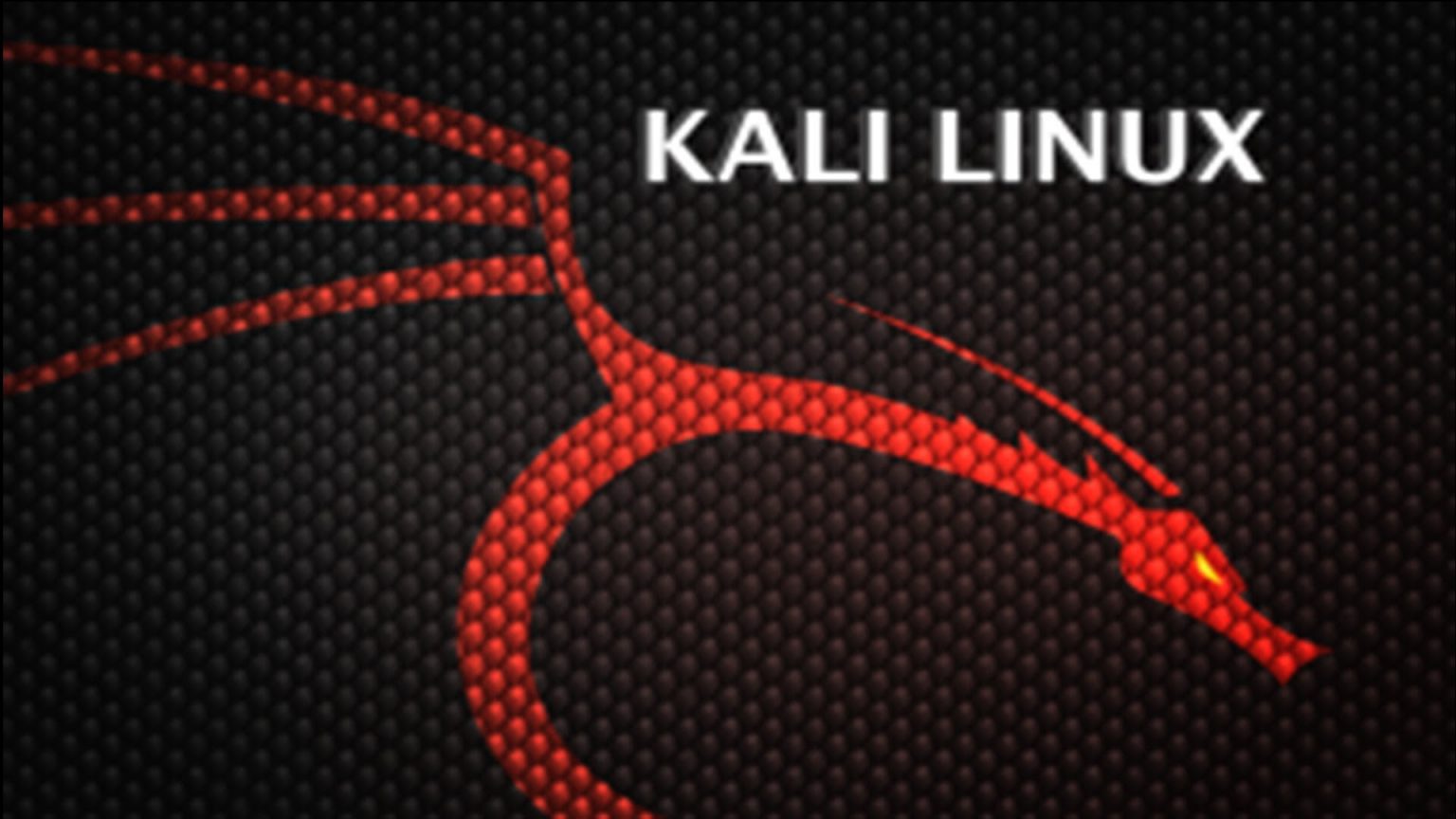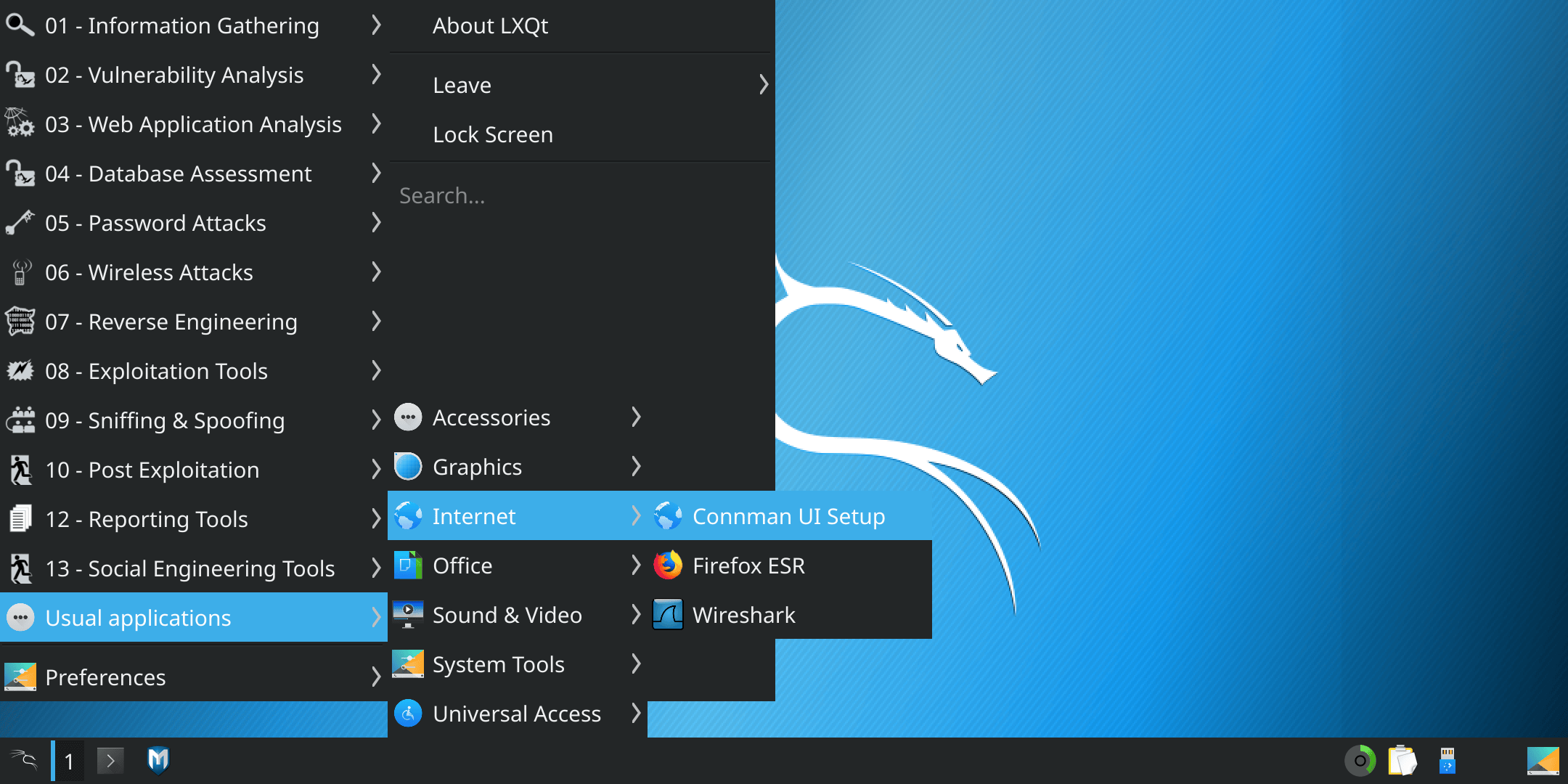

First, it never touches any disk drive other than the USB stick in any way. The "forensic mode" boot is basically a normal "Live System" boot with just a couple of significant changes related to the way that it uses disk drives. How to add new users to your Linux machine

Be SURE to validate the checksum before installing the image! Download the image, copy it to appropriate media, and it's ready to go.Įach of the download links is accompanied by the SHA256 checksum for that image. ARM Images: Tailored and tested images for the Raspberry Pi, Pine 64, ODROID and others.Virtual Images for VMware and VirtualBox: Just download and import the image, and you're ready to go.So you can use the USB stick as a conveniently portable Kali Linux platform. When it is copied to a USB stick, you can add a partition for "persistence", where data created or modified while running the Live image will be saved across shutdown and rebooting – and that persistence data can even be encrypted. As with other Linux Live distributions, you can use it to check that your hardware works properly with Kali Linux, but you can go even further than that. Live: This is a bootable image that can be run from the USB stick (or DVD).NetInstaller: This is the same installation program as the full installer, but the downloaded image includes only enough to get the computer booted and connected to the Internet, and the rest of the packages are downloaded as needed during installation.The installation image includes the complete Kali system, so it can be installed without having an Internet connection. The basic "Installer" is text-only, and the "Graphic Installer" is the same thing with mouse support added (but still no other graphics or GUI). But the important thing is that it does the job very, very well in almost every situation and on almost every kind of system, without having to worry about graphic adapters, display resolution or much of anything else. It is a very old installer, primarily text-based, with no spiffy GUI interface. Yes, I can hear a lot of users out there going "Ugh". Full Installer: This is a slightly modified version of the Debian GNU/Linux installer.32-bit (i386) and 64-bit (amd64) versions: Some distributions have dropped 32-bit support, but not Kali.The installation images available on the Kali Downloads page are: So I am going to run down some of the possibilities, in hopes of clearing it up a bit. Kali is available for installation in a number of different formats, for a number of different systems, and that variety can sometimes be a bit intimidating.


 0 kommentar(er)
0 kommentar(er)
